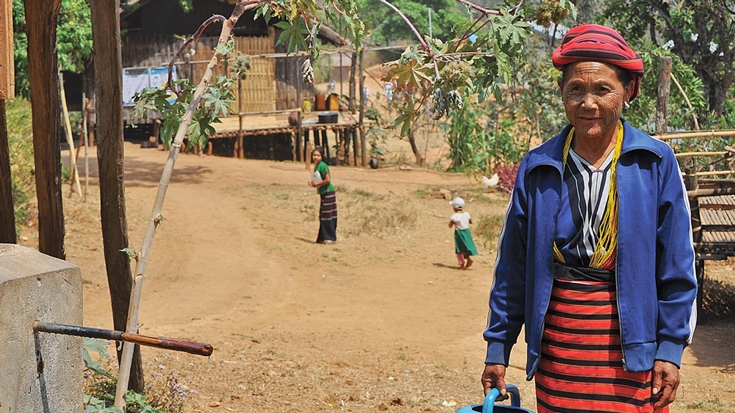In the last few years Myanmar has embarked on an exciting and yet challenging transition of its political, economic and social systems. The international community, including the World Bank Group, has been keen to support the country in this new phase of history.
Much progress has been made but major challenges remain in lifting millions of people out of poverty and creating an inclusive, participatory society. The economy has been doing relatively well, but further transformation will be needed to create the growth and job opportunities to allow all people in Myanmar to fully participate in a dynamic economy.
When one visits Yangon and the other major cities, one gets a sense of the changes that are happening. But what about people living out of the public eye and outside of the media coverage?
Yesterday, I visited Chin state, a sparsely populated, very remote, poor area about 650 kilometers northwest of Yangon. It is the poorest state in Myanmar, with a poverty rate of more than 70 percent. It took a six-hour drive from Bagan Nyaung Oo Airport to reach Kanpetlet Township. The purpose of my visit was to see firsthand how several of the poorest villages are implementing a community-driven development (CDD) program launched 1 ½ years ago, with $80 million in World Bank funding. The goal of this program is to support projects identified by the communities to improve their lives, including repairing schools, water supply systems and roads, as well as installing solar lights in public buildings and streets. The strength of the program is that it puts citizens at the center of decision-making. This empowerment encourages active participation by citizens. Implementation is completely transparent and participatory, with full accountability ensured.


